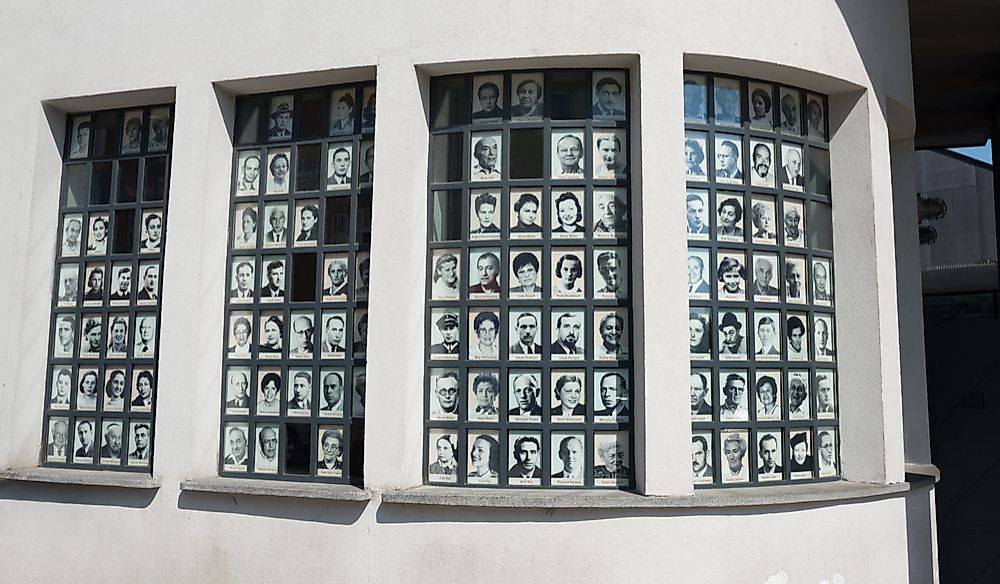Oskar Schindler – Important Figures in History

Oskar Schindler was an industrialist and affiliate of the Nazi Party who saved hundreds of Jews during the Holocaust by employing them in ammunition and enamelware factories in Poland and occupied Bohemia and Moravia. As an opportunistic entrepreneur with a hunger for success and wealth, he seemed the unexpected person to become a wartime hero. During the war, Schindler employed more than 1,000 Jews to work on his factories saving them from deportation to concentration camps.
5. Early Life
Schindler was born in the Sudetenland (present-day Czech Republic) on April 28, 1908. He was the older of two children. His father Hans Schindler worked in an agricultural company while his mother Louisa was a housewife. He attended a German school where he proved popular among the students and the teachers. He left an opportunity to attend college but instead chose to undertake courses in several technical areas at a trade school. He completed his basic training in 1924 and took up odd jobs. He married Emilie Pelzl in 1928 and soon after was recruited into military service.
4. Career
He left the military service a year later and joined his father until the business failed during the economic depression of the 1930s. The changing political landscape in Europe and the subsequent rise of Adolf Hitler saw him join the German spy service where he collected intelligence for the Nazis. In 1939, Germany occupied Poland and Schindler moved to Krakow seeking to benefit from the fall of Poland. He engaged in the black market, and within a short period, he amassed enough wealth to bribe German officers. He obtained enamelware and ammunition production facilities previously owned by the Jews. Schindler started with 45 employees, but by 1944, he had 2,000 employees; half of whom were Jews.
3. Major Contributions
Schindler saved hundreds of Jews from being deported to concentration camps in Germany by employing them in his factories. He provided a source of income to thousands at a time when Jews were considered outcasts in the society. He facilitated black-market gift and bribes to top German officers to allow him to keep the Jews in his factories. His junior managers drafted a list of about 1,200 Jews who were considered crucial employees to the company’s operation. The list came to be known as “Schindler's List.”
2. Challenges
Schindler’s main challenges came from the Nazi government. It was deemed an act of betrayal to help the Jews, and Schindler had to bribe senior officers in the government and the military continuously. As the Allied forces came closer to liberating Poland, Jew employees began sabotaging ammunitions in the factory. He used his entire wealth bribing officers to save the Jews, and after the war, he had used up all his savings.
1. Death and Legacy
Towards the end of the war, Schindler was joined by his wife. The couple fled to Argentina to avoid prosecution.He tried establishing several businesses including farming and cement production to no avail. He separated from his wife and moved back to Germany. Schindler died in 1974, and the Jews rallied for his body to be transported to Israel for a decent burial. He was interred in the Catholic cemetery on Mount Zion, Jerusalem. In 1993, the film “Schindler's List” was made in his honor.











